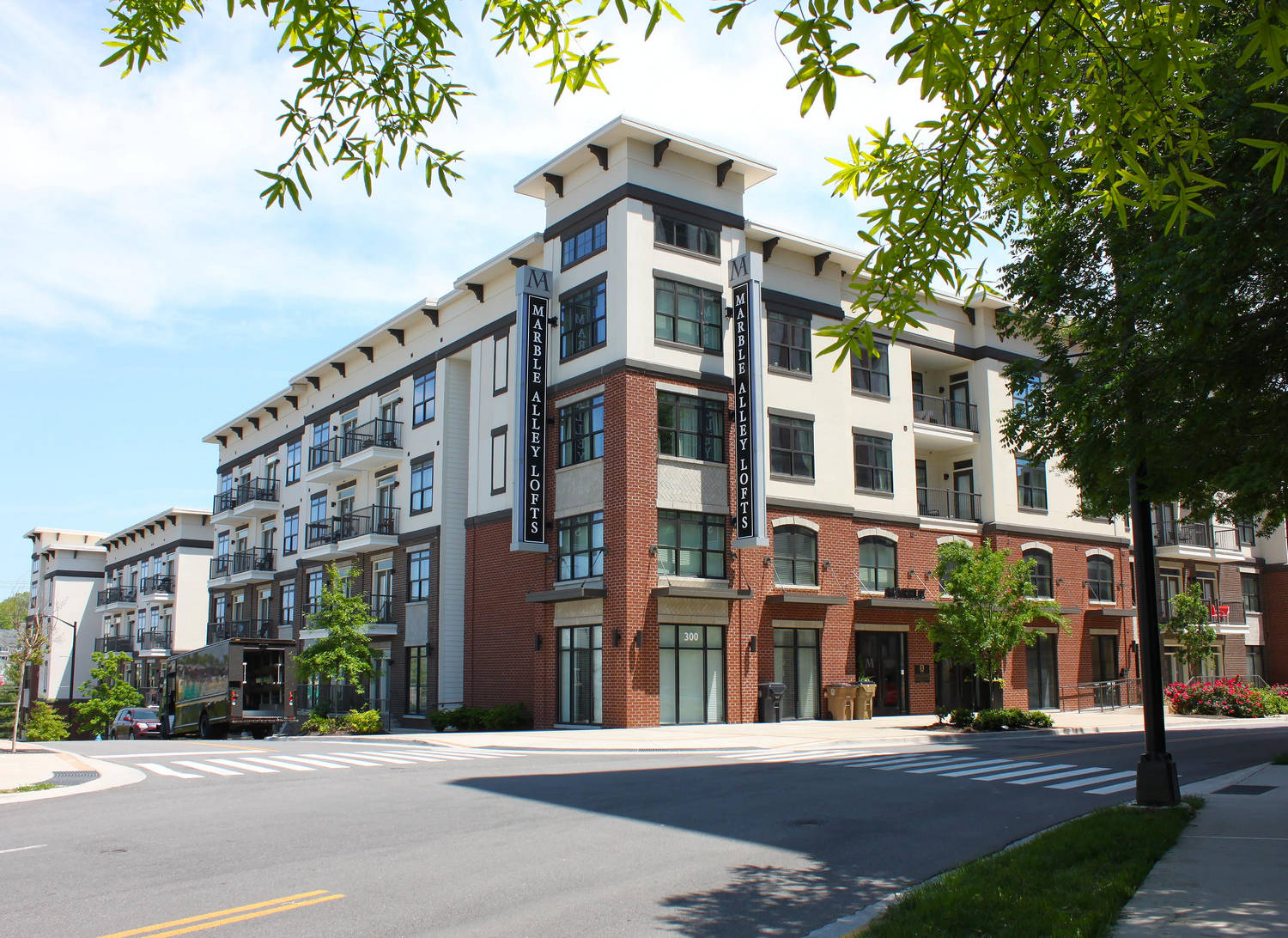Downtown Housing on the Rise
MPC recently released the Downtown Knoxville Housing Market Technical Report, detailing Knoxville's residential growth.
Residential growth in downtown Knoxville started slowly in the early 2000s. Within about five years it was starting to gain traction and has accelerated more recently. This resurgence started with the conversion of historic non-residential buildings like Sterchi Lofts, a building constructed to serve as the Sterchi Brothers Furniture Company headquarters in 1920 and renovated into 100 apartments in 2002. Over the next 15 years, other older multi-story buildings similar to Sterchi were converted into mixed use buildings with commercial uses on the ground floor and multiple residential floors above.

Since 2000, downtown has added an average of 55.9 residential units per year.
Today, there are 99 residential developments with 1,833 units.
Downtown Residential Density Map (PDF)
Residential growth has been supported by a mix of public and private sector investments. Over the last 18 years, private investment in downtown residential construction, renovation, and conversion has averaged $9.1 million annually. There has also been an increased commitment to infrastructure improvements by the City of Knoxville. Over the last five years, the City has dedicated more than $19 million to projects in and around downtown, with $12.5 million of that total in 2018.
This renewed interest in downtown housing has led to a rise in sale prices. The average sale price of a condominium in 2000 was $130,242. Sixteen years later, it had risen to $297,350.
Another indication of increased demand for downtown housing is that the average number of days on the market for residential properties has been decreasing since 2011.
Based on publicly announced projects, housing growth is expected to continue. An additional 16 developments with 1,183 units are expected in the near future, but only 6 of those 16 developments will utilize existing buildings. As downtown’s existing building inventory continues to decrease, residential developers will have to look toward undeveloped parcels for new housing.
Downtown Underdeveloped Property Map (PDF)
This transition has already been evident over the past three years with projects like Marble Alley Lofts, a newly constructed residential building with 248 apartments.

Marble Alley Lofts
More details associated with downtown housing can be found within the report, including the inventory of residential units, annual additions, private and public investments, sales and pricing, and future residential developments within downtown.

